
| According to the dictionary migration of animals – is the movement of living organisms due to the changing conditions of existence of or in connection with the passage of the development cycle. But how is it beautiful! Hundreds and thousands of animals, birds and fish collected in herds, flocks and flocks, and depart on a long journey, bewitching photographers. |
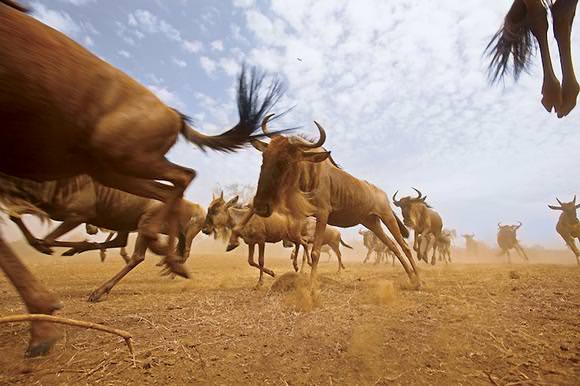 |
|
Africa: White-bearded wildebeest herd: Every year, more than a million wildebeest and two hundred thousand zebras must chase the seasonal rains, in a 300-mile loop around Tanzania and Kenya. |
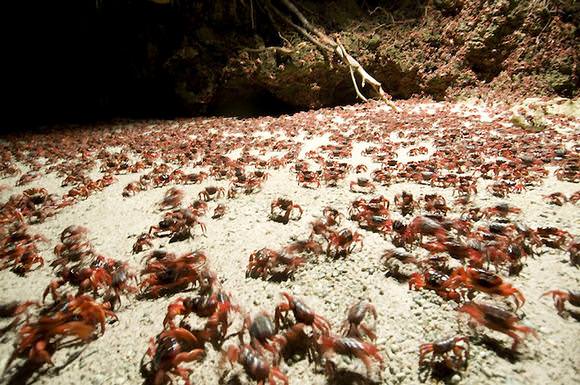 |
| Christmas Island: Christmas Island may look like a tiny rock in the Indian Ocean, but it is home to more than 50 million red crabs that complete one of the most harrowing and visually stunning annual migrations. Traveling from deep within the island’s forest to the seashore, these fire engine-red, dinner plate-sized crabs battle against fierce acid-spitting yellow ants as they scuttle to the water and back only once a year to breed. |
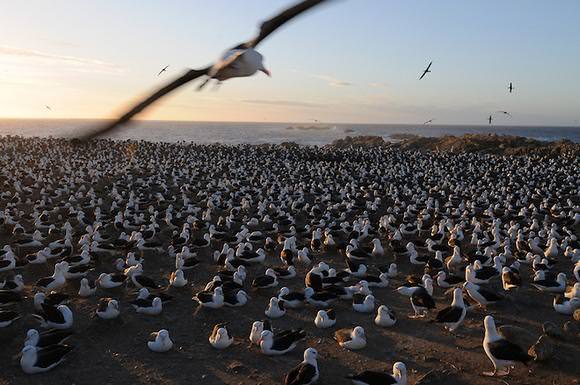 |
| Falkland Islands, Southern Atlantic Ocean: The black-browed albatross soars in on its 8-foot wingspan to mate on land, all under the hungry gaze of a predator bird, the striated caracara, who has waited through a brutal winter for this bounty of newly laid eggs, hatchlings and chicks. The mother albatross waits on land for the male to fly out to sea for a few days to feed and return to land, heavy with fish for his young chick. |
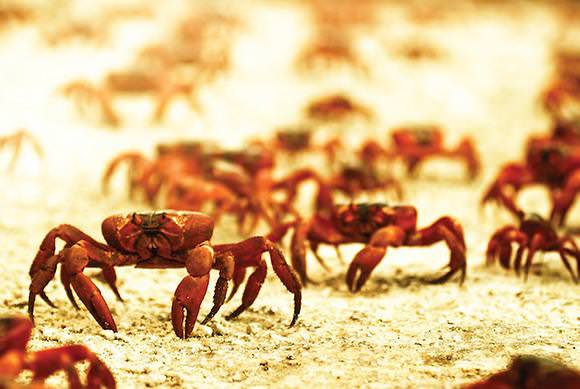 |
| Christmas Island: Decimated by predators and dogged by the whims of the weather, each year 50 million red crabs scamper over jagged cliffs and sunbaked sands to the water’s edge’ the spawning grounds. |
 |
| Michoacan, Mexico: No single monarch butterfly completes its migration from Mexico to as far north as Canada and back. Instead, generations of monarchs make this journey born into a relay race no one butterfly finishes. |
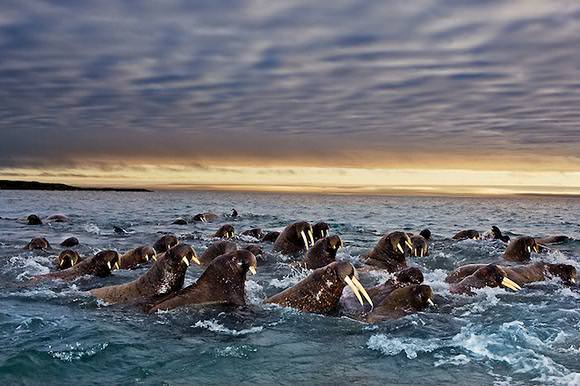 |
| Beginning their journey off the Alaskan coast, the Pacific walrus whose bodies are not made for swimming long distances have used ice floes for eons as sanctuaries for rest and breeding as they journey to Russia and back. But in recent years the floating ice chunks have become fewer, smaller and unable to sustain the walrus population that struggles to occupy these insufficient life rafts. |
 |
| Western Wyoming, Grand Teton National Park: In the untamed early days of the American West, pronghorn were plentiful, proud and moved freely. One small herd of around 200 follows its ancient migration. Driven by the seasons, their migration from the mountains to the valleys and back has always been a tough journey, but now fences, borders, bloated rivers and other constraints have created blockades and bottlenecks that result in devastating losses for this critically endangered species. |
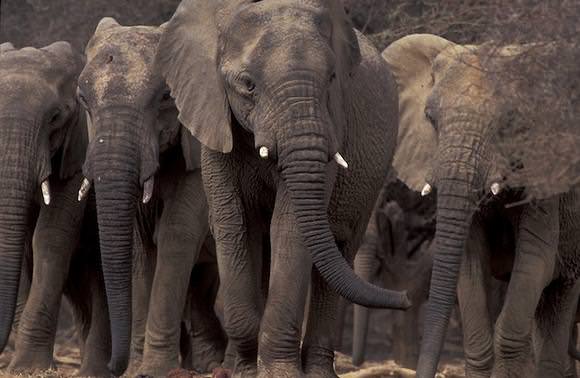 |
| Sahara Desert: The rare Mali elephant undertakes the longest elephant migration on earth a 300-mile circle around the heart of landlocked Mali in West Africa. Traversing the southern edge of the Sahara Desert, the only way to survive is to keep moving across the scorched earth from water to water, food to food both in desperately short supply. |
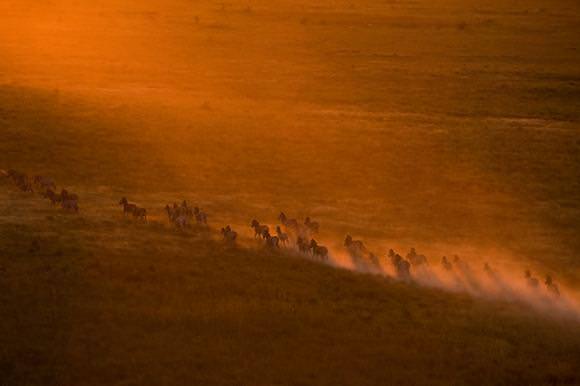 |
| Botswana, Africa: The zebra migrations in Botswana filmed by National Geographic Explorers-in-Residence Dereck and Beverly Joubert see zebra family groups joining together to make the hazardous round trip, a journey that can take a toll on young mothers.. |
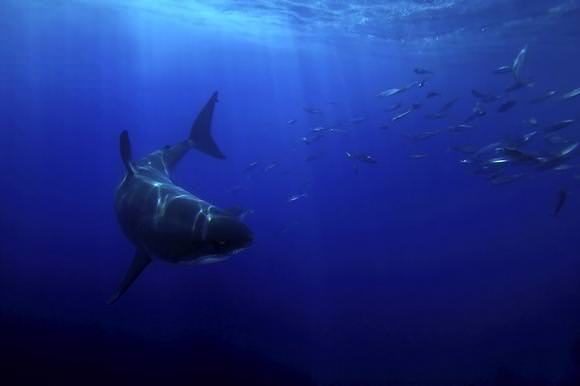 |
| Mexico: Long thought of as a terror of the shallowest waters, the great white shark is really one of the world’s greatest migrants. Its movements cover thousands of miles of open ocean each year from Hawaii to northern Mexico to reach an abundant feast 150 miles off the coast of Guadalupe, Mexico. |
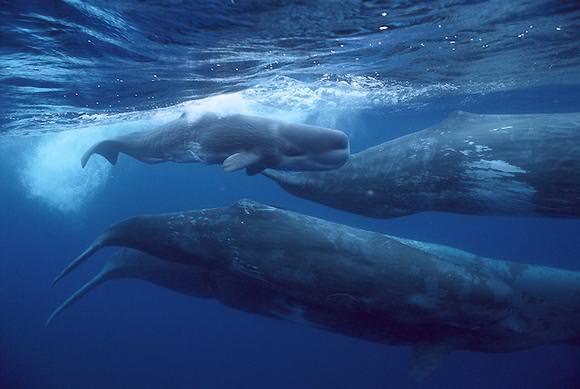 |
| Azores Islands, Portugal: Sperm whales may travel more than a million miles in their lifetime. They are constantly on the move from ocean to ocean, an underwater force of nature in their size and power. Traveling solo for most of their lives, the giant males make their way to places like the Azores every year, connecting with others until they reach their destination, where females await for reunion and renewal. |
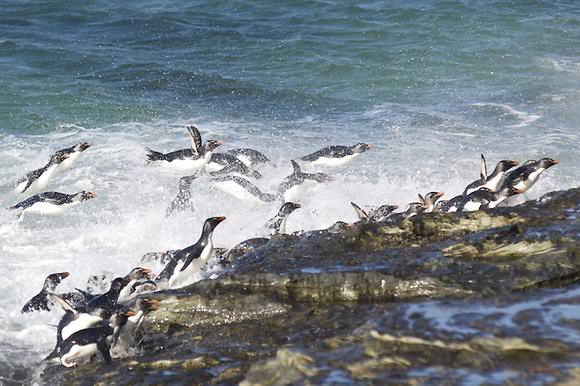 |
| Falkland Islands, South Atlantic Ocean: The red-eyed, yellow-browed rockhopper penguin parents go out to sea and back every day to feed, then make the steep vertical climb up a sheer rock cliff where their very hungry young are protected from polar winds. After three months, the penguins hop down off the cliffs and into the water again for another season, while the young, fledgling albatrosses test out their wings and take flight, sometimes not returning to shore for a decade, and only then to breed.d and can scale near-vertical cliff walls to reach their nest sites. |
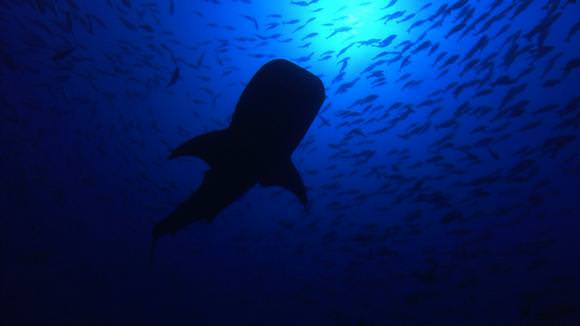 |
| SCREEN GRAB: Nearly 40 feet long and weighing up to 20 tons, the mysterious whale shark is the largest fish in the sea. Ironically, its survival depends on some of the tiniest creatures. Whale sharks feed on plankton and also congregate during snapper spawning in order to feed on the fish eggs. |
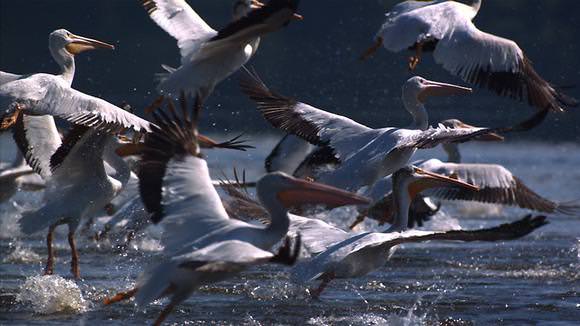 |
| SCREEN GRAB: Upper Mississippi River Valley: The white pelican breeds in North America and migrates south in the winter to coasts as far as Central America in flocks of up to 180 individuals. |
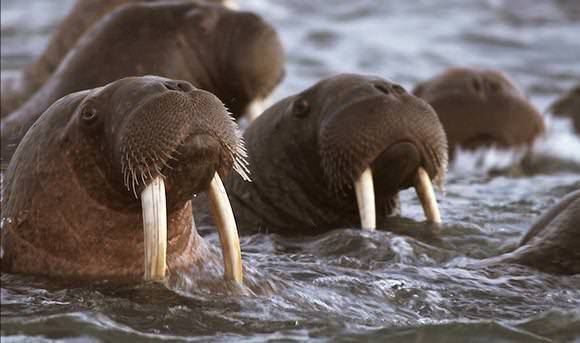 |
| RED CAMERA SCREEN GRAB: Pacific walrus travel according to the movement of the ice. As the ice expands in the winter, they move south. As it breaks up and retreats in the spring and summer, they move north again. |
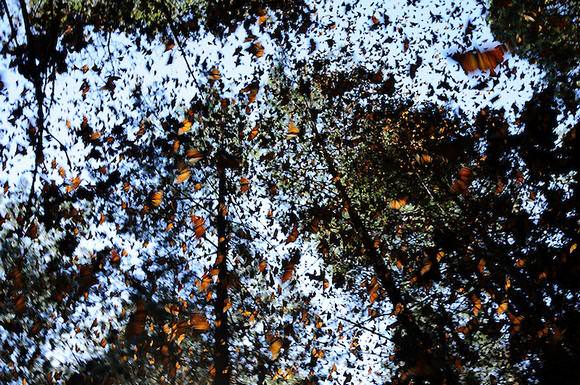 |
|
Michoacan, Mexico: Through the latest high-speed camera technology, the monarch butterfly migration is revealed in breathtaking detail, allowing viewers to appreciate their unparalleled multigenerational journey one fluttering wing at a time. |